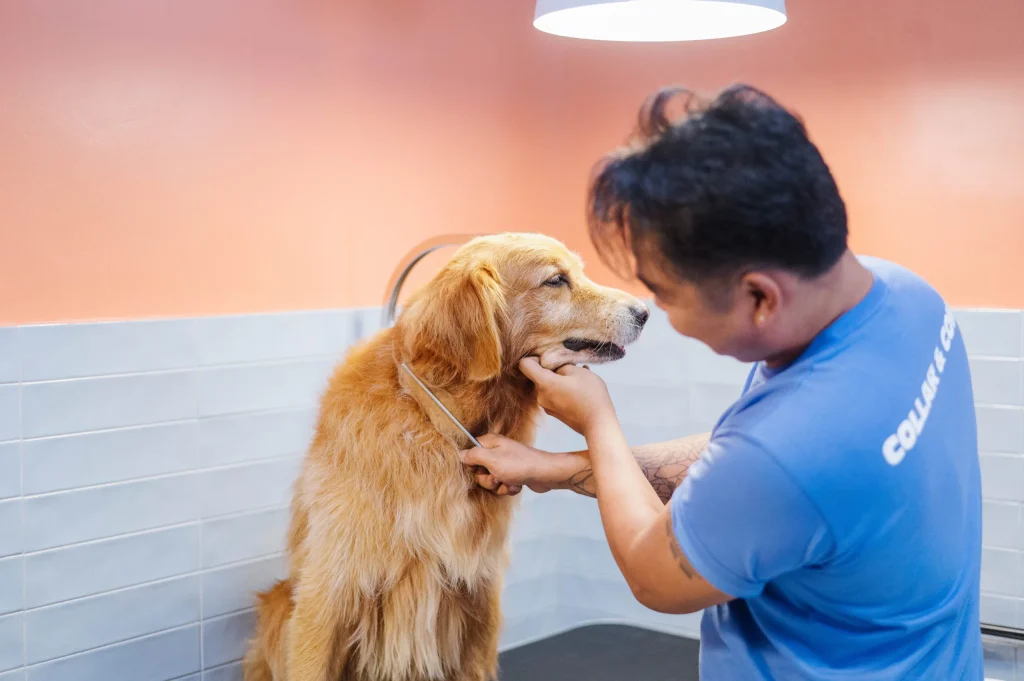Dog training is an excursion loaded up with promising and less promising times, difficulties, and forward leaps. Each dog accompanies its exceptional character, learning style, and behavioral eccentricities, making the training system dynamic and once in a while overwhelming. Be that as it may, through devotion, patience, and imaginative training techniques, conquering difficulties becomes conceivable as well as tremendously fulfilling. One normal test in dog training is conquering dread or uneasiness based behaviors. Whether it is dread of clearly clamors, new individuals, or different dogs, these behaviors can upset a dog’s capacity to learn and flourish. In such cases, a progressive desensitization and counter molding approach frequently yield noteworthy outcomes. By presenting the dog to the dreaded upgrade in a controlled and positive environment, while at the same time connecting it with something charming like treats or play, the dog figures out how to supplant dread with positive affiliations, prompting behavioral forward leaps. Another test many dog proprietors face is tending to unnecessary woofing, a behavior that can troublesome and disappoint.

Customary techniques like hollering or discipline frequently demonstrate inadequate and may try and fuel the issue. All things considered, positive reinforcement strategies, for example, showing an elective behavior like peaceful and remunerating tranquility, can prompt huge enhancements. Consistency and patience are critical, yet the result of a calmer, more amicable family is definitely worth the work. Aggression is maybe perhaps of the most serious behavioral test in dog training, requiring cautious administration and mediation. Whether it is coordinated towards different dogs, outsiders, or even friends, aggression can be perilous and should be tended to immediately. Working with a certified professional, like a confirmed behaviorist, is vital in fostering a custom-made behavior change plan. This frequently includes recognizing triggers, carrying out desensitization and counter molding strategies, and training elective behaviors to supplant aggression. While progress might be continuous, with responsibility and master direction, many dogs can conquer their forceful inclinations and live cheerful, satisfying lives. Fear of abandonment is another common issue, particularly among dogs who structure solid connections to their proprietors.
Dogs experiencing fearing abandonment might show disastrous behaviors, extreme vocalization, or even self-hurt when let be. Tending to fearing abandonment requires a diverse methodology, including step by step adapting the dog to being distant from everyone else, giving enhancement exercises, and showing freedom through positive reinforcement training. Furthermore, items like quieting pheromone diffusers or uneasiness wraps can offer strengthening help in facilitating the dog’s misery. At long last, chain reactivity is a typical test experienced during walks, where a dog might thrust, bark, or snarl at different dogs or improvements. This behavior frequently comes from dissatisfaction, dread, or an absence of socialization. Carrying out desensitization and counter molding works out, like remunerating quiet behavior within the sight of triggers, can assist with altering rope reactivity over the long run. Furthermore, Certified Service Dog Training in Syracuse NY can give better control and forestall pulling, working with a more loosened up walking experience for both dog and proprietor. By understanding the basic reasons for behaviors and executing positive reinforcement procedures, many difficulties can be tended to actually, prompting astounding leap forwards in behavior.






